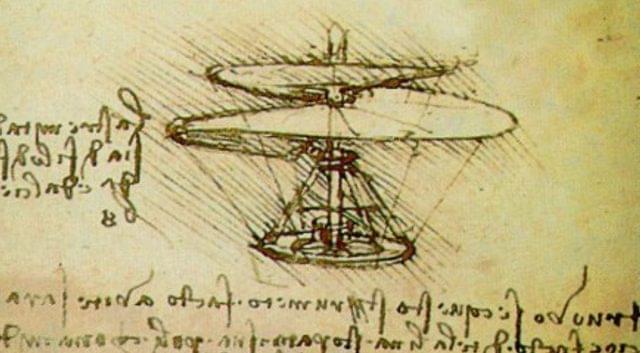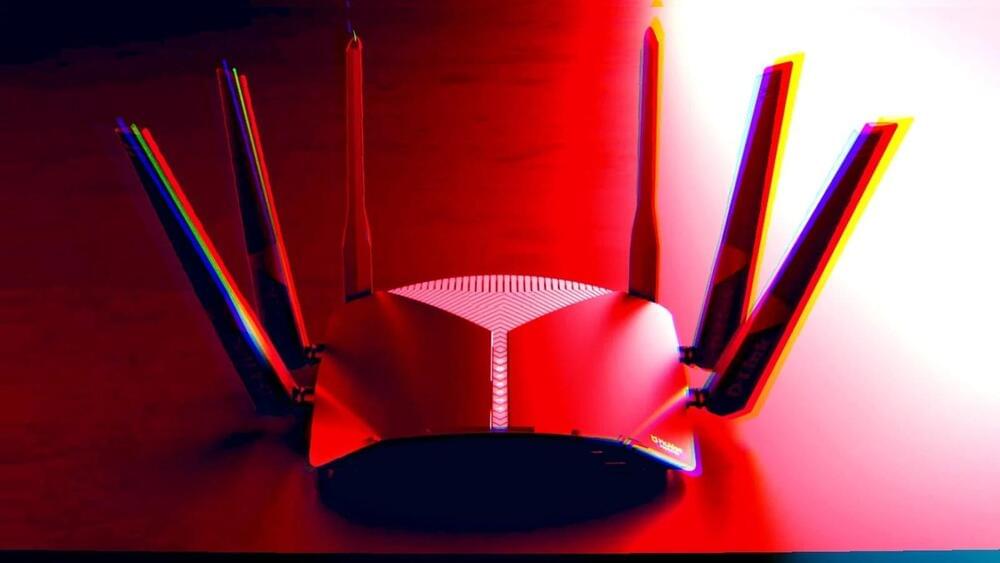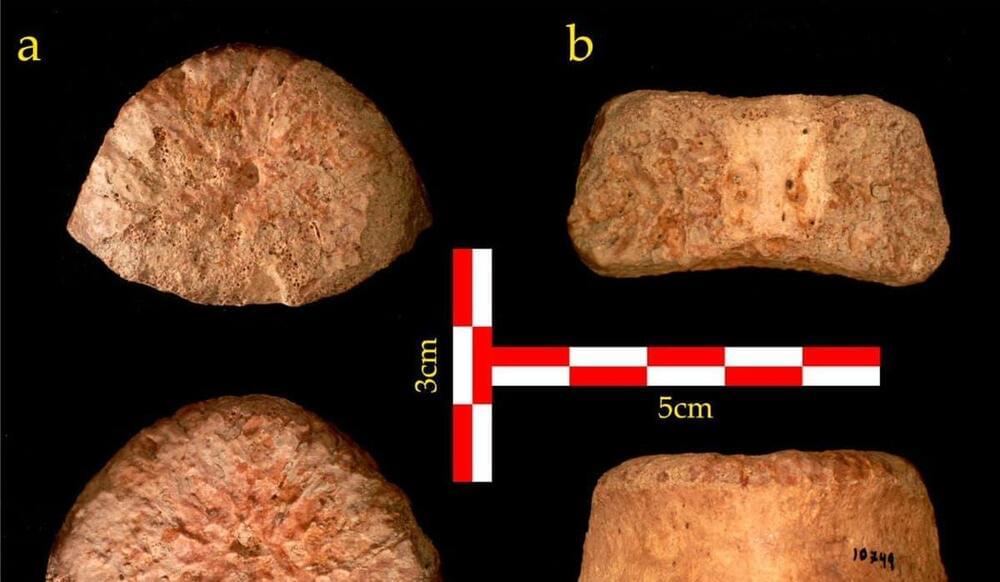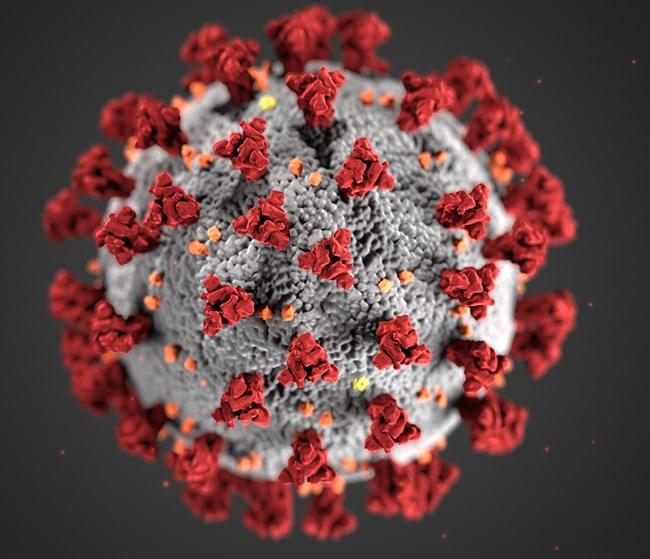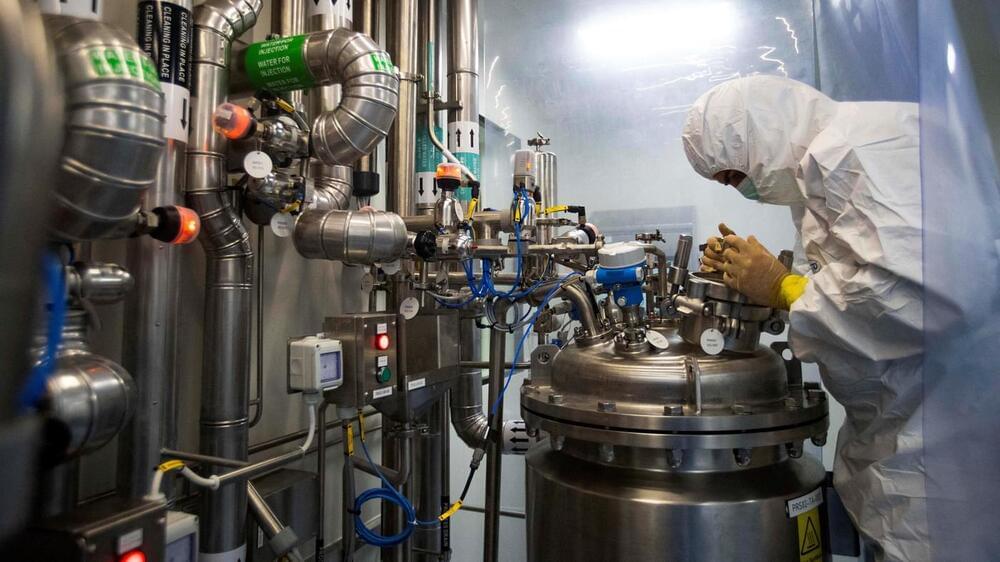Someone recently asked me how you shop for groceries on a bike. It struck me as a question lots of people have probably never thought about, so why not write something about it?
I think the first thing to keep in mind is that you’re probably going to have to shop for groceries more than once a week. To me, that’s a feature not a bug, as I mostly try to eat fresh produce, some of which doesn’t keep all that well for a week anyway. Shopping more frequently means I only have to plan meals for a few days at a time. It’s also not that much of a burden, if you shop closer to home, which is easier if you live closer to stuff.
It was probably an easier change for me as well because I actually transitioned to bike shopping from shopping on foot. When we lived downtown, there was a grocery store two blocks away and a mass market retailer between the office and home. It was no big deal to make a stop and grab what I needed.

